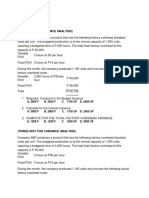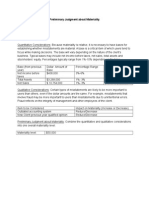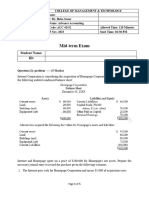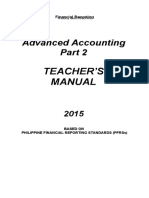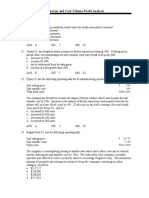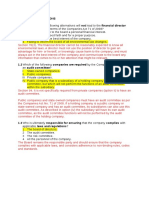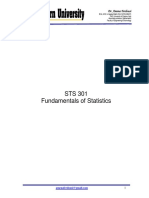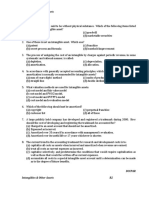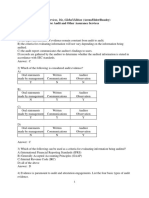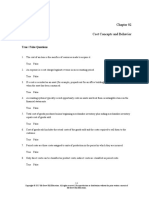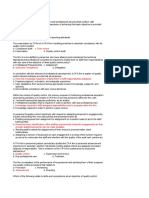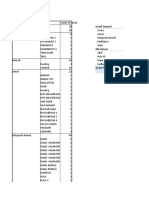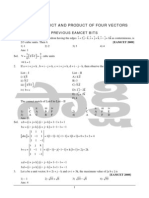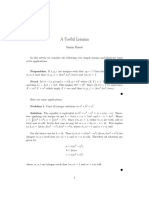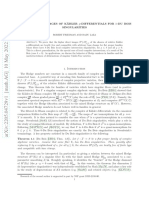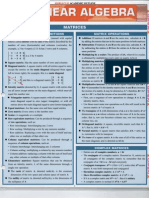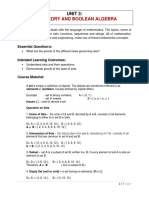0% found this document useful (0 votes)
120 views27 pagesLecture 13
This document provides information about eigenvalues and eigenvectors. It begins with definitions and examples of finding the eigenvalues and eigenvectors of matrices. It discusses how the eigenvectors corresponding to an eigenvalue form an eigenspace, which is a subspace. The document also presents methods for finding eigenvalues and eigenvectors, such as using the characteristic equation and reducing the matrix to row echelon form. Examples are provided to demonstrate these concepts and methods.
Uploaded by
Waris MemonCopyright
© © All Rights Reserved
We take content rights seriously. If you suspect this is your content, claim it here.
Available Formats
Download as PDF, TXT or read online on Scribd
0% found this document useful (0 votes)
120 views27 pagesLecture 13
This document provides information about eigenvalues and eigenvectors. It begins with definitions and examples of finding the eigenvalues and eigenvectors of matrices. It discusses how the eigenvectors corresponding to an eigenvalue form an eigenspace, which is a subspace. The document also presents methods for finding eigenvalues and eigenvectors, such as using the characteristic equation and reducing the matrix to row echelon form. Examples are provided to demonstrate these concepts and methods.
Uploaded by
Waris MemonCopyright
© © All Rights Reserved
We take content rights seriously. If you suspect this is your content, claim it here.
Available Formats
Download as PDF, TXT or read online on Scribd
/ 27










